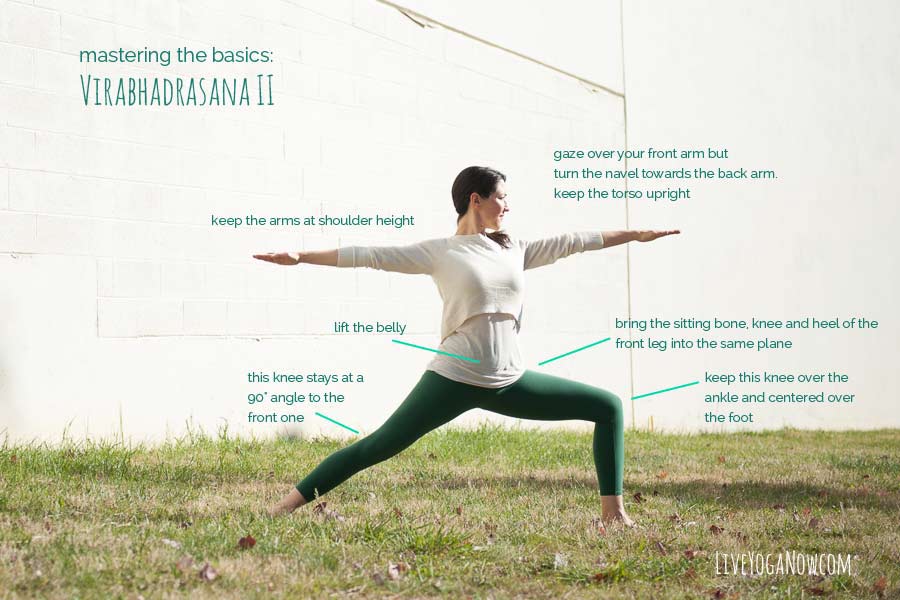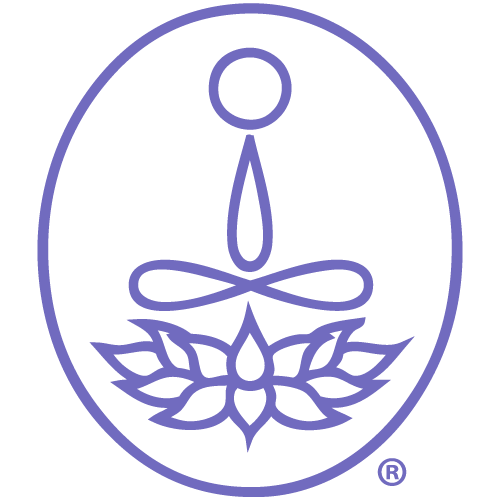
2015 master the basics: Virabhadrasana 2
Standing Poses are the foundation of a yoga practice. They serve two purposes: structural/physical and psychological.
On the physical level, they strengthen the legs, open the hips, improve our stamina, provide a cardio element to our practice, and teach us how to build our poses from the base up so our balance improves. All of this works to ward against wear and tear of the hips, knees, and ankles.
Psychologically, they give us the opportunity to work in the spatial plane, to find where we are in the world and to stand there with certainty and self-reliance. They build confidence, groundedness, and stability of mind. They cultivate power.
Virabhadrasana 2 is one of the first standing poses we learn. It’s a basic pose, but if you want to be a master, master the basics.
Here’s the basics to focus on:
• keep the front hip in joint with the knee bent to 90°, ensuring that the knee stays over the ankle and centered over the foot. How do you know the front hip is in joint? The thigh bone will be parallel to the long edge of your mat and the sitting bone, center of the knee, and center of the heel will all be in the same plane.
• contract the quad of the rear leg and press down through the rear heel
• lift the belly and turn it away from the front leg as you keep the torso upright
• keep the arms at shoulder height with your collar bones broad
Of course, there are deeper levels to work on as well, but master these to minimize wear and tear on the hip joint, maintain the structural integrity of the bones, and truly strengthen the muscles of the legs. If we don’t keep our front hip in joint, then we’re doing the pose without structural integrity which weakens the bones over time as the pose is resting on ligaments and muscles only.
Our next treatment of this pose will address the flow of the hamstrings and the quads for the front and back legs as well as the strengthening and lengthening of the adductors (inner thigh muscles). Stay tuned…



Sorry, the comment form is closed at this time.